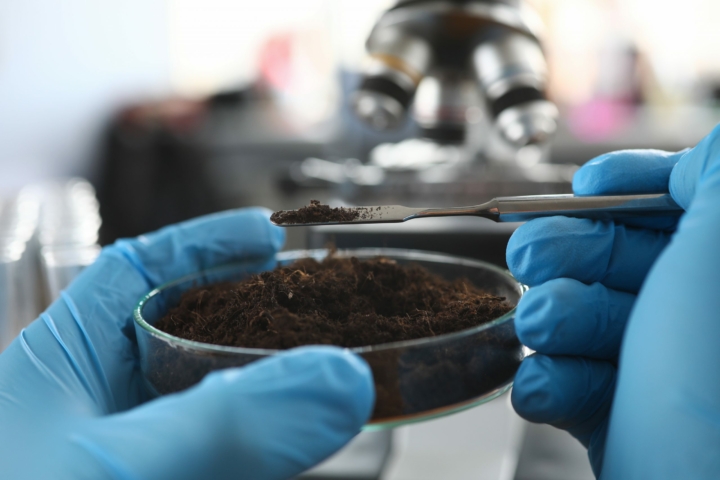The Soil Sterilants Program (SSP) is an applied research program managed by InnoTech Alberta to address a suite of challenges in the management of industrial sites impacted by residual soil sterilants. The projects advanced within the program will provide industry and practitioners in Alberta with a broader set of tools for more accurate environmental site assessment, risk assessment and management, and remediation of the two most common sterilants in Alberta, bromacil and tebuthiuron.
Through the five-year program, on the ground needs are addressed with support from experts and researchers for the benefit of industry, practitioners and regulators, who form the community of practice.
Quick Facts
- Program manager: Bonnie Drozdowski
- Focus area: Applied research for more effective environmental management of residual soil sterilants specific to Alberta industry sites
- Five year program (2019-2024)
- $1.45 million budget
- Fourteen projects in progess


